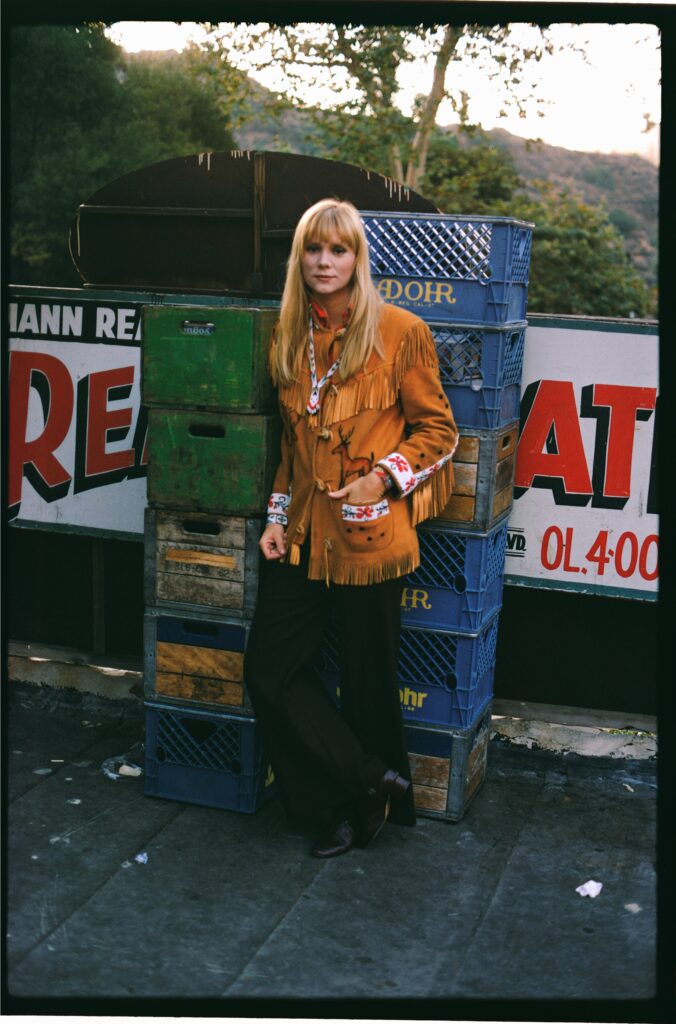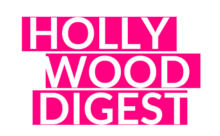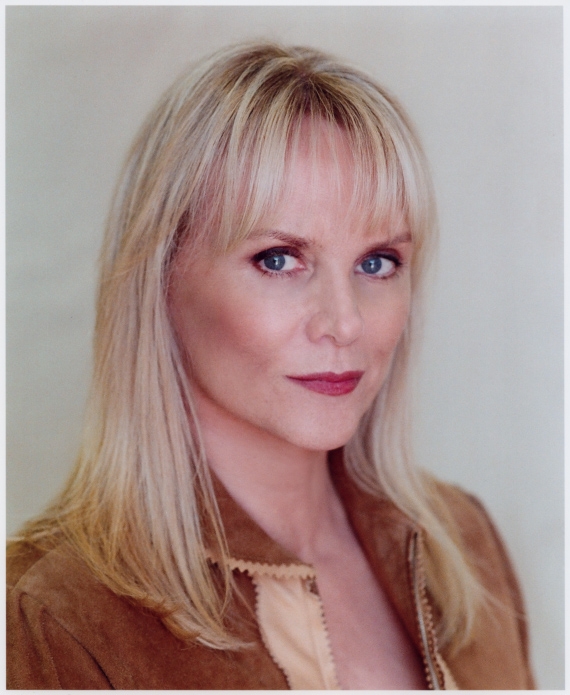Jackie DeShannon is the legend who wrote such era-defining songs as Put a Little Love In Your Heart, and Bette Davis Eyes and recorded What The World Needs Now Is Love written by Burt Bacharach and Hal David. Other hits written by Ms. DeShannon included Brenda Lee’s Dum Dum and Heart in Hand. She also co-wrote songs for Irma Thomas, The Byrds, Marianne Faithfull, and others.

On April 6, 2024 Jackie will be saluted by The Country Music Hall of Fame and Museum for Poets and Prophets at the CMA Theater in Nashville. She will be talking about her pioneering career and her country music roots.
Jackie and I had conversation about her illustrious career….
Edmund Barker: How’s your day going?
Jackie DeShannon: Going well, we’re just getting ready to do a few interviews for the Poets and Prophets in Nashville where I will be honored. It’s a great thing, sponsored by the Country Music Hall of Fame and Museum, with different artists and songwriters on how they write songs, so on and so forth. Pretty exciting…I must say though, I’m looking at the interviews they’ve done online, and there’s not a lot of women! So, I’m happy to be a representative.
EB: Yeah, still breaking that glass ceiling in a way.
JD: Still a bit, still a bit. Although women have certainly taken over the airwaves, that’s for sure.
EB: I know you have talked before about how different it was for women in the industry when you started.
JD: Yes, it was. It was very difficult to get radio airplay back when I first started, they wanted to play more male vocals, I think because they thought the teen audience would respond much more to the young guys. So, it was pretty difficult, I think a lot of people don’t know how hard it was with the marketing when I was coming up. Not a lot for women.

EB: And you said you chose the name “Jackie” because it was androgynous, and it made it a bit easier.
JD: Yes, the Jackie was, that’s for sure. That’s one of the reasons.
EB: You grew up in Kentucky and had your own radio show when you were pretty young. What were some of your favorite musicians as a kid?
JD: Well, my dad played Country Music that was Country Blues, my aunt was a piano teacher and played classical, and my mom sang in a big band, so I had a lot of influences growing up. Of course, we had jam sessions on the weekends, that’d mostly be Country Blues type of music, and I was just sorta singing when I was about three. I was appearing on a radio show with friends of my parents, who had a gospel show, where I would stand on a little box and sing with them on Sundays.
EB: That’s something! I heard of preaching on a soapbox, but not singing on one.
JD: (laughs) No soapboxes anymore! But you know, we’re talking about rural Kentucky.

EB: Very different from like, Laurel Canyon.
JD: VERY different! Although, you know, I think some of the critics and people that were writing about music back in those days, they couldn’t quite put me in a box, so they didn’t understand how you could incorporate a lot of different types of music and still have some street cred. Today of course, you have Rod Stewart singing standards, you have Bob Dylan singing Christmas songs, but when I was coming up, that was just verboten. All the music you did had to be one genre, they just didn’t get it at the time. They put me in one thing, one area, and it was difficult for me.
EB: I was reading about how a compilation of the radio show from your teen years, called The Sherry Lee Show, recently came out. What’s that entail?
JD: Those were…my mom taped the shows, which I didn’t realize. They were just myself and a few musicians, friends, and we did a little radio show. Just covered a lot of hits that were on the charts at that time. But it was great experience, and I loved doing it. I love radio.
EB: It’s a great art form that isn’t appreciated as much as it should be anymore.
JD: Yeah, and I keep referring to back when I grew up–the radio stations here, the Top 40, they played everything. They played folk records, they played Motown, they played Aunt Bea, they played pop. And now it’s pretty much one thing, one station has one kinda music. And I really miss that variety from Top 40.
EB: What was your musical schooling like?
JD: Well, when I was really little I’d sing at church socials, I’d sing just about anywhere they’d let me. And my parents would always felt that, we either go with her or she’s going without us! They were very supportive and helpful, and I know that they would’ve preferred if I had gone on with my education, but my mind was just set on doing music and that was the only thing I really cared about. And going back there, weren’t a lot of woman singer-songwriters when I was coming up. There were partnerships with guys, you know; Carole King with Gerry Goffin, and so on and so forth.
EB: I know you’ve talked about times back then where you wanted a certain musical or production choice that was overwritten because it was thought that the men of the studio knew best.
JD: I’m glad you brought that up…back then, you absolutely *had* to have a male producer in the studio because what could you possibly think of as a woman artist? I had been making demos since I was thirteen, making a lot of my own music. Sometimes, they would copy my demos and take credit for the arrangements, even though it was already all laid out. But you did what you could because, and I bring this up quite a bit, I didn’t have the business sense I should’ve had. I didn’t really realize how I’d receive royalties, what kind of contract I was signing, because there were only a few labels, big labels, at that time. So, you were just happy to be on a label that had good distribution. I was caught between trying to get ahead and not living my vision properly of “get out there!”

EB: It’s the classic example of the overly restrictive music contract for a young artist.
JD: If it’s not on the page, you don’t have leverage, I learned that. It has to be in the contract that you have control of this or that, or you don’t. But who knew? I was just anxious to get out there and get a record contract, period. Not realizing the music I’d written would not be properly executed.
EB: Now, you’ve said one instance where you had creative control taken from your vision was your original 1975 recording of Bette Davis Eyes. I know the song from the Kim Carnes version of 1982–
JD: The Kim Carnes version is the best. Although we tried to do more of a rock version, us writers, Kim really captured it and I’m very grateful for that. I think she did an amazing recording, and everybody’s so proud of that. Sometimes, you wish for something and it doesn’t happen, and then something else comes up that’s just so much better. So, no matter what, it got to the right person and she did an incredible performance.
EB: Was Kim Carnes aware of you, or did you seek her out? How’d it come to be?
JD: I think it was, the song was written by me and Donna Weiss, and she was presenting material to Kim, and that was one of the songs she heard at the time and liked. We were very lucky that all that just, you know, came out of the universe. Meant to be, I think.

EB: I’m gonna listen to your original version of Bette Davis Eyes more after this.
JD: Aww! Well, as I say, I didn’t have a choice. It’s a different kind of record, you know, a different approach. And I think you can take any song and you can make it a country song, you can make it a pop song, just depending on how you record it and the rhythm section, and what you feel is the direction you want to go.
The official website for Jackie DeShannon may be found at https://www.jackiedeshannon.com

